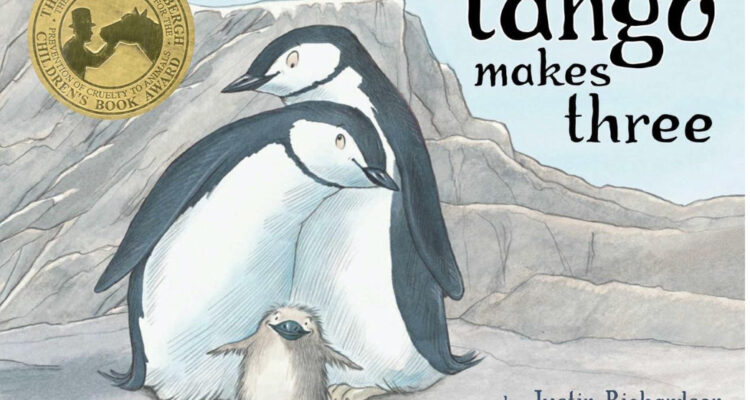As an English major, my education depends on access to literature, whether it be ancient or modern, conservative or radical. I use texts to study not only the power of language but also morals and opinions through the voices of others. Book censorship not only limits English majors but all majors. Not even just college students. K-8 aged children remain the primary victims of the book-banning crisis. Restricted access to the information vital to our chosen academic paths will be a detriment to students’ ultimate potential.
As I began to write this piece, I reflected on what I previously knew about book bans, which was admittedly not a lot. However, as I conducted my research, I came across a list from the American Library Association of the Top 100 Most Banned Books in America and found I had only read ten of them. Now, while some books on this list are new or just not up my street, there are many works that I have not heard of and have since gone on my “to-be-read” list.
Let’s start with the basics. Book censorship has been an issue in America for centuries, starting with book burning in the 1600s. This has snowballed into the issues students face today. Parents drive local governments to censor what content young people consume. The Office of Intellectual Freedom via the American Library Association gives three excuses as to why a school or library may ban a specific book. One, the material was considered to be “sexually explicit”. Two, the material contained “offensive language”. And three, the materials were “unsuited to any age group”.
American schools, mainly in southern states, have been the quickest to remove a book from children’s hands in schools and libraries. This issue has recently accelerated, especially in the 2022-2023 academic year. As Pen America reports, the last academic year “has been marked […] by an escalation of book bans and censorship in classrooms and school libraries across the United States.” This is caused by a small group of outspoken parents who believe that the children in their community must remain untouched by the peaks and valleys of life. I remain troubled on this topic because these adults are not only attempting to shield children from pornographic content. One of the top banned books in the country currently is, And Tango Makes Three by Jeff Richardson and Peter Parnell. This illustrated children’s book centers around two male penguins who adopt a baby chick. Apparently, a story about two loving parents adopting a child in need is too provocative for a child.
The most frustrating part of this controversy is that 70% of parents oppose book banning. However, the other 30% win out often. Schools and libraries are so afraid of being accused of providing young people with inappropriate materials that they submit to this oppression. Make no mistake that living in fear of resistance will also stick with these children.
I want to be clear in saying that educators are not the problem here. While they dedicate themselves to bettering society’s children, stuck-up parents are taking away the tools they need to do so.
Book bans have been prevalent around my peers and me, shaping the way we learn throughout our education. This is a dangerous practice, as it breeds limited minds. If young people are not fed a diverse and wide variety of information about the world, the world that they live in, how can they be expected to thrive in a changing society?


Leave a Reply